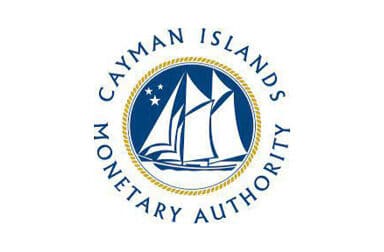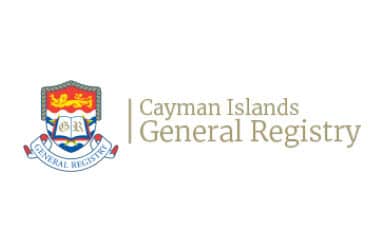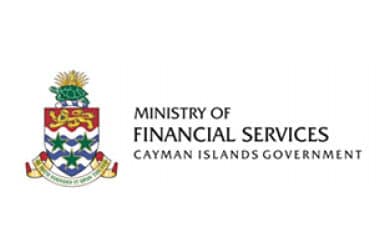RESOURCES
Here is your resource for commonly asked questions and a list of industry business partners, Cayman Islands Government departments, and regulatory agencies.
Relevant Legislations
FAQs Captives
What is a Captive?
A captive insurance company originated as one that only insured the risks of its parent. However, the term now refers to any insurance company set up in a captive jurisdiction, and not regulated as a regular insurance company.
- Single Parent Captive
An insurance or reinsurance company insuring only its parent or affiliated companies. - Group Captive
An insurance company that insures or reinsures the risks of a group of potentially unrelated companies which have a common goal. - Association Captive
A company formed and owned by a trade association or group of service providers to provide insurance for its members. - Segregated Portfolio Company “SPC”
A company which is set up with various segregated cells taking the insurance risk. The assets and liabilities of each cell are segregated from each other. This is commonly utilized by those groups preferring not to set up their own captive.
Why Form a Captive
Captive Insurance companies are created/formed for both economic and risk management purposes. By forming a captive insurance company, a business can lower insurance costs in comparison to premiums paid to a traditional insurance company.
- Maximizing profit – Underwriting profits can be optimized by adopting rigorous risk control practices and claims management.
- Reducing costs and administration expenses – Transaction costs and administration expenses can be controlled compared to traditional insurance programs thus reducing the overall cost of insurance.
- Investment of premiums – Captives can earn investment income on underwriting premium prior to its application to pay claims.
- Improved coverage – Captive insurance companies have the flexibility to offer customised policies not otherwise available in the conventional market.
- Improvement in cash management – Captive insurance companies are able to design cash management controls to optimise use of capital.
- Access to reinsurance – Captives have direct access to reinsurance at a lower cost than in the traditional market.
- Stability of rates – Captive insurance companies can avoid the movement in premium rates that take place in the traditional market.
- Business focused regulation – Captive insurance companies can take advantage of the flexible regulatory approach in the Cayman Islands while still meeting internationally recognised standards.
- Possible tax advantages – The Cayman Islands has no income, corporation or premium taxes and provide a renewable 20-year guarantee against the imposition of such taxes. However, owners should always seek appropriate tax and legal advice.
How to Form a Captive?
The procedure for formation and licensing of captive insurance companies can be straightforward. Once the decision is made to make use of CSI’s sevices, the following are the typical steps to set up a captive insurance company in the Cayman Islands.
- Work with CSI on initial feasibility analysis for the new captive program, including looking at variables needed for the business plan such as risk retention levels, types of coverage and limits of coverage.
- Negotiate fronting and reinsurance arrangements (if necessary).
- CSI to meet and discuss the proposed captive program with the Cayman Islands Monetary Authority (CIMA), if necessary.
- License application to be prepared with assistance from CSI. The license application will include the following:
- The completed license application form
- Business plan
- Financial projections for a three-year period
- The acceptance letters from the insurance manager (CSI) and auditor in the Cayman Islands
- A letter of undertaking as to the minimum capital (usually from shareholder)
- The personal questionnaire, references and due diligence documents as required for each manager, shareholder, director, and officer
- Meet formally with the insurance supervision division of CIMA to present and discuss the proposed captive program.
- Submit the completed license application to CIMA
- The captive can be licensed in two to six weeks depending on the speed and availability of requested information and documents.
The actual registration of the company is organised through the Registrar of Companies. Registration of the company is immediate on filing of all documents with the Registrar of Companies, the Certificate of Incorporation and stamped M&A usually being issued within three to five working days. Registration is usually only done after the insurance license has been approved in principle. Corporate management and administration services will be provided by Cayman Management Ltd., an affiliated company management firm.
Role of the Insurance Manager
The role of the insurance manager in Cayman can be summarised as being responsible for the financial and business affairs of its client companies and act as an extension of the insurance division of the Cayman Islands Monetary Authority.
The manager will typically work in very close association with the directors of the client company and their designated representatives. The actual duties of the Manager will vary from client to client but will typically involve working with other appointed service providers for the program being responsible for the administration of the affairs of the client company from a Cayman point of view
Duties will include:
- Incorporation of the proposed company
- Provision of registered office and corporate secretarial functions
- Preparation or assistance with the license application
- Preparation or assistance in the preparation of the business plan of the company
- Preparation and maintenance of accounting records
- Working with the captive’s auditor to produce audited financial statements
- Monitoring investments of corporate funds
- Liaison with the Cayman Islands Monetary Authority ensuring all regulatory filings are made
- Due diligence coordination and documentation management
- Ad hoc consultancy services
- Cash and banking services coordination, including letters of credit and timely payment of approved invoices
- Premium billing and tracking
- Meeting preparation and coordination
- Coordination with other service providers






